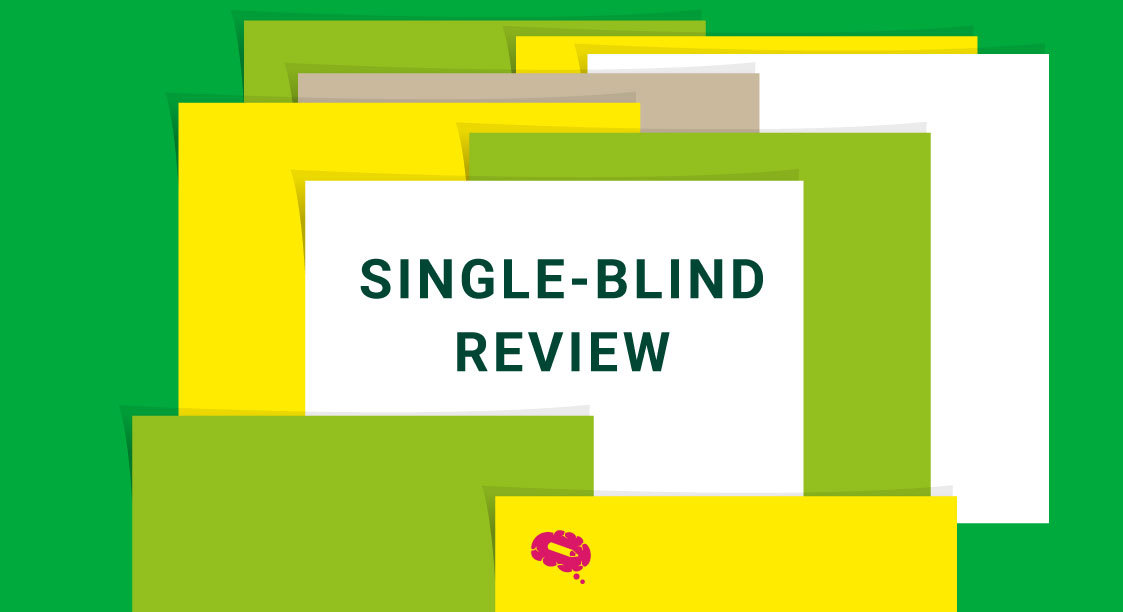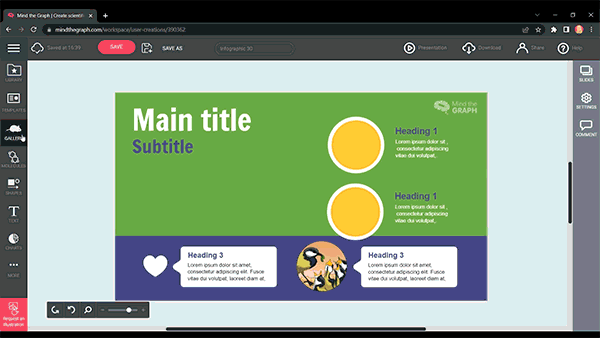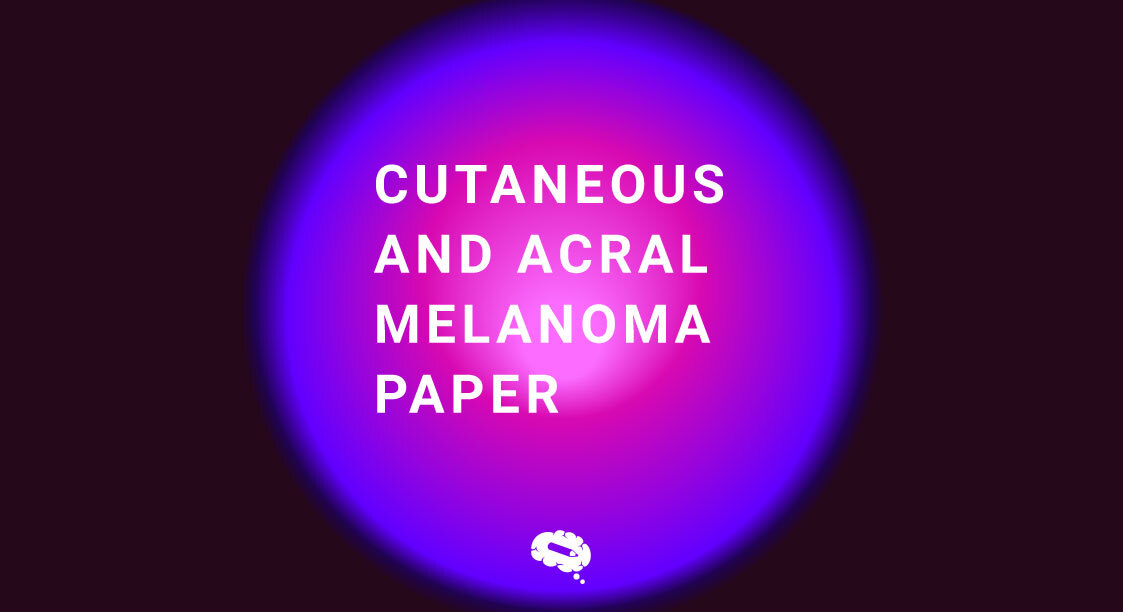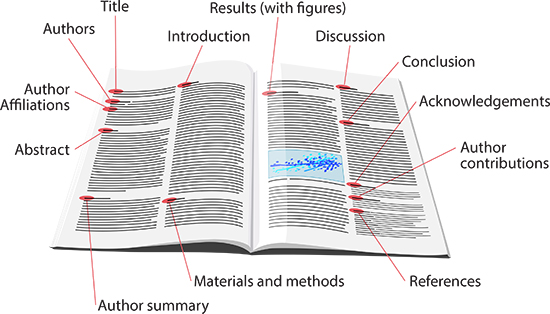Har du noen gang lurt på hvordan forskningsartikler blir vurdert? Dette er en svært viktig oppgave, siden det dreier seg om faktainformasjon som må kontrolleres og vurderes på riktig måte. En vanlig metode som brukes, kalles Enkeltblind gjennomgang.
In this process, authors submit their work, but their identities are kept under wraps by the reviewers. The reviewers, on the other hand, know who the authors are. It’s a bit like a one-way mirror, where the authors can’t see the reviewers, but the reviewers can see them.
Hele dette opplegget er utformet for å sikre at evalueringen av oppgavene er rettferdig og upartisk. I denne artikkelen skal vi dykke ned i en verden av enkeltblind gjennomgang, explore how it works, its pros and cons, and why it’s an important part of the scholarly process.
Hva er en Single-Blind Review?
Single-blind review is a method used in academic and scientific communities to evaluate the quality and validity of research papers submitted for publication. In this process, the reviewers are aware of the authors’ identities and affiliations, while the authors remain unaware of the reviewers’ identities.
Ved single-blind review gir anonymiteten til granskerne mulighet for en upartisk og objektiv vurdering av forskningsinnholdet. Det bidrar til å forhindre eventuelle skjevheter som kan oppstå på grunn av faktorer som forfatternes omdømme, akademiske bakgrunn eller institusjonstilknytning. Bedømmerne kan fokusere utelukkende på forskningens verdi, inkludert metode, resultater og konklusjoner, uten å bli påvirket av personlige faktorer.
This review process promotes fairness and integrity in the evaluation of scholarly work. It ensures that the decision to accept or reject a paper is primarily based on the quality, rigor, and significance of the research rather than on the reputations or relationships of the authors. By maintaining confidentiality regarding the reviewers’ identities, single-blind review fosters a level playing field for all authors, regardless of their backgrounds or affiliations.
Fordeler med Single Blind Review
Single-blind review gir flere fordeler i evalueringen av forskningsartikler, samtidig som forfatternes anonymitet opprettholdes.
Disse fordelene bidrar til en grundig og pålitelig evaluering av forskningsartikler, noe som fremmer fremragende akademisk forskning og vitenskapelige fremskritt.
To store fordeler med Single Blind Review er objektivitet og konfidensialitet.
Objektivitet
Målene for en enkeltblind gjennomgang er blant annet:
- Sikre upartiskhet
- Fremme rettferdighet og like muligheter
- Forbedring av kvalitet og strenghet
- Minimere forfatterens forutinntatthet
- Legge til rette for konstruktiv tilbakemelding
Konfidensialitet
Confidentiality is a critical aspect of single-blind review. The process is designed to ensure the confidentiality of both the authors and the reviewers involved. Here’s how confidentiality is maintained in a single-blind review:
- Author’s Identity
- Reviewers’ Identity
- Diskusjoner med anmeldere
- Beslutninger om publisering
- Data og resultater
Ulemper ved enkeltblind gjennomgang
Partisk beslutningstaking kan være en potensiell ulempe ved en enkeltblind vurderingsprosess. Til tross for at man har forsøkt å opprettholde upartiskhet, finnes det faktorer som kan føre til skjeve vurderinger:
- Single-blind review is a peer review process in which the reviewer’s identity is kept hidden from the author of the paper being reviewed, but the author’s identity is known to the reviewer. However, even with this anonymity, there is still the possibility of biased decision-making.
- One potential source of bias in single-blind reviews is unconscious bias. Reviewers may have unconscious biases based on the author’s gender, race, institutional affiliation, or other factors that are unrelated to the quality of the research. These biases can affect the reviewer’s evaluation of the paper, leading to a biased decision.
- Another potential source of bias is the reviewer’s personal beliefs and preferences. Reviewers may have certain beliefs or preferences that influence their evaluation of the paper. For example, a reviewer who is strongly committed to a particular theory or methodology may be more critical of a paper that uses a different approach.
- Another issue with single-blind reviews is that authors may not be able to fully understand or challenge the reviewer’s comments and criticisms. This is because they do not know the identity of the reviewer, and therefore cannot discuss the feedback with them directly or seek further clarification. This lack of transparency can make it difficult for authors to improve their papers and may lead to frustration and resentment.
Alternativer til Single Blind Review
To alternativer som kan passe i rollen som Single Blind Review er:
Dobbel blind gjennomgang
Dobbeltblind vurdering er en fagfellevurderingsprosess der identiteten til både forfatterne og vurdererne er skjult for hverandre. Det betyr at forfatterne ikke vet hvem som har vurdert artikkelen deres, og at fagfellene ikke kjenner identiteten til forfatterne de vurderer.
In a double-blind review, authors typically submit their papers with a cover page that does not include any identifying information, such as their names, affiliations, or contact details. The journal or conference organizers then forward the manuscript to the reviewers, who evaluate the work without any knowledge of the authors’ identities.
The purpose of a double-blind review is to reduce biases and potential conflicts of interest that may arise when authors’ identities are known to reviewers. The double-blind review aims to ensure that papers are evaluated solely based on their scientific merits, rather than the reputation, affiliation, or personal characteristics of the authors.
Åpen fagfellevurdering
Åpen fagfellevurdering is a review process where the identities of both the authors and reviewers are known to each other, promoting transparency and openness in the evaluation of research papers. In open peer review, the traditional anonymous nature of peer review is removed, and the reviewers’ names are disclosed along with the published paper.
In an open peer review, authors submit their manuscripts, and the reviewers’ identities are made known to the authors. This transparency allows for direct communication between authors and reviewers during the review process, facilitating constructive dialogue and clarification of any concerns or suggestions.
Programvare for Single Blind Review
Det finnes flere programvareplattformer som kan gjøre det lettere å gjennomføre en enkeltblind vurderingsprosess for forskningsartikler. Her er noen eksempler:
- OpenConf: OpenConf er et konferansesystem som støtter single-blind review. Systemet gjør det mulig for forfattere å sende inn bidrag og følge med på vurderingsprosessen. Systemet sikrer anonymitet ved å skjule informasjon om forfatterne for anmelderne under vurderingsprosessen.
- EasyChair: EasyChair er en populær programvare for konferanseadministrasjon som tilbyr funksjoner for single-blind review. Programvaren gjør det mulig for forfattere å sende inn bidrag og gir anmelderne en plattform for å vurdere bidragene. EasyChair gir mulighet for anonym interaksjon mellom forfattere og anmeldere for å ivareta konfidensialiteten.
- ScholarOne-manuskripter: ScholarOne Manuscripts er et omfattende system for innsending og fagfellevurdering som brukes av mange vitenskapelige tidsskrifter. Systemet støtter single-blind review ved at forfattere kan sende inn artikler og tilby en sikker plattform der fagfellene kan evaluere artiklene samtidig som de forblir anonyme.
- OJS (Open Journal Systems): OJS er en programvareplattform med åpen kildekode som er mye brukt til å administrere akademiske tidsskrifter. Plattformen gir forfatterne mulighet til å sende inn artikler og forenkler vurderingsprosessen ved hjelp av anonyme fagfellevurderinger.
- Ex Ordo: Ex Ordo er et konferansesystem som støtter single-blind review. Systemet gjør det mulig for forfattere å sende inn artikler og tilbyr et brukervennlig grensesnitt som gjør det mulig for korrekturlesere å evaluere bidragene anonymt.
Gi plakatene dine visuell effekt med vitenskapelige illustrasjoner og grafikk.
Hvordan ville du føle deg hvis du fikk sjansen til å forenkle forskningen din og forklare den tydelig for publikum? Visualiseringer bidrar til å bryte ned komplekse forskningstemaer til lettfattelige konsepter. Mind the Graph hjelper deg med å gi plakatene dine visuell effekt med vitenskapelige illustrasjoner og grafikk. Registrer deg nå!

Abonner på nyhetsbrevet vårt
Eksklusivt innhold av høy kvalitet om effektiv visuell
kommunikasjon innen vitenskap.






